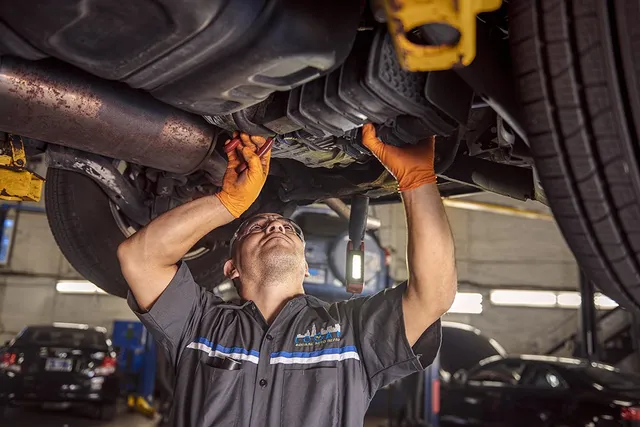In the realm of heavy equipment operation, it is paramount to guarantee optimal performance and life span. A complete guide to heavy equipment repairs is indispensable for maintenance groups and operators alike. A Repair Manual perspective gives experiences into the critical aspects of heavy equipment repairs.
Diagnostic Procedures:
Identifying Issues:
Workshop manuals guide technicians through diagnostic procedures to recognize issues affecting heavy equipment. From motor malfunctions to hydraulic framework issues, these manuals give a systematic approach to investigating.
Utilizing diagnostic tools:
Manuals frequently frame the utilization of diagnostic tools and equipment, engaging technicians to proficiently pinpoint issues. From electronic diagnostic scanners to pressure gauges, understanding and utilizing these tools is crucial for accurate assessments.
Regular Maintenance Protocols:
Scheduled maintenance checks:
Repair Manual offer detailed plans for routine maintenance checks. These checks may incorporate investigating fluid levels, changing channels, and examining wear and tear components. Following these protocols prevents potential issues before they escalate.
Fluid Replacement Guidelines:
Fluids are the backbone of heavy equipment. Workshop manuals give guidelines on when and how to replace motor oil, hydraulic fluids, and other essential lubricants, guaranteeing optimal performance and life span.
Repairs and overhauls:
Step-by-step repair procedures:
At the point when repairs are necessary, workshop manuals guide technicians through step-by-step procedures. Whether it’s replacing a damaged part or directing a major motor overhaul, these manuals provide an organized approach to guarantee accuracy.
Parts Identification and Ordering:
Identifying the right parts is critical for fruitful repairs. Workshop manuals frequently incorporate detailed parts catalogs, complete with part numbers and illustrations, facilitating accurate identification and ordering of replacement components.
Safety Protocols:
Safety Precautions:
Heavy equipment repairs present inborn dangers. Workshop manuals focus on safety by illustrating legitimate procedures and precautions. This incorporates guidelines for utilizing personal protective equipment (PPE), guaranteeing a protected workplace.

Emergency Procedures:
In case of unforeseen challenges or crises during repairs, workshop manuals give guidelines for speedy and powerful reactions. This may include closing down equipment safely or handling hazardous situations.
Electronic Systems and Software Updates:
Understanding Electronic Components:
Current heavy equipment frequently incorporates electronic systems. Workshop manuals give bits of knowledge into understanding and investigating these systems, covering everything from sensors to onboard PCs.
Software Update Procedures:
As innovation advances, software updates become integral. Workshop manuals guide technicians through the most common way of updating software, guaranteeing that heavy equipment remains compatible with the latest innovations.
Training and skill development:
Continuous Learning Opportunities:
Workshop manuals act as valuable tools for continuous learning and skill development. Technicians can allude to these manuals to enhance their understanding of new innovations and refine their repair skills.
Certification Programs:
Some workshop manuals are integrated into formal certification programs. These programs provide organized training, testing, and certification, guaranteeing that technicians are knowledgeable about the latest repair strategies and advances.
A master guide to heavy equipment repairs, seen from the perspective of a workshop manual, is an invaluable asset for those engaged with the maintenance and operation of heavy machinery. Embracing the information encapsulated in these manuals engages technicians, operators, and maintenance groups to navigate the intricacies of heavy equipment repairs with certainty and accuracy.
